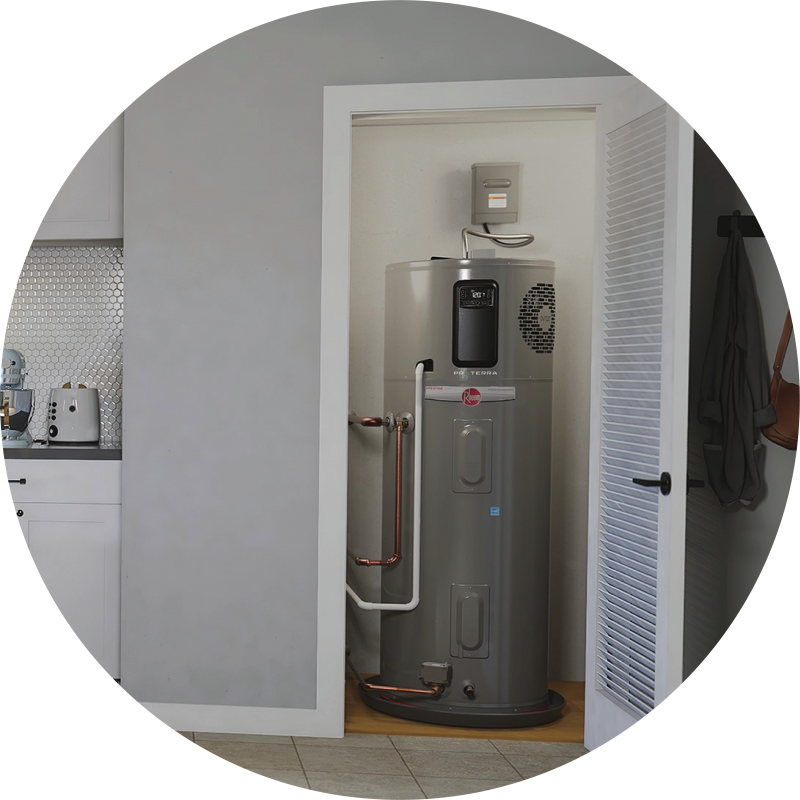Specialist Advice for Caring for Your Home's Hot Water System
Specialist Advice for Caring for Your Home's Hot Water System
Blog Article
Here in the next paragraphs yow will discover a bunch of good quality details in relation to Water Heater Maintenance Tips You Can't Afford to Forget.

Warm water is important for day-to-day comfort, whether it's for a revitalizing shower or washing recipes. To ensure your warm water system runs effectively and lasts much longer, regular maintenance is essential. This write-up offers sensible tips and understandings on just how to maintain your home's warm water system to stay clear of disruptions and expensive repairs.
Introduction
Keeping your home's warm water system might appear difficult, yet with a few easy actions, you can guarantee it operates smoothly for many years to come. This guide covers whatever from recognizing your hot water system to DIY maintenance ideas and recognizing when to employ specialist help.
Significance of Preserving Your Warm Water System
Normal upkeep not only prolongs the life-span of your warm water system but also ensures it operates effectively. Disregarding maintenance can lead to reduced effectiveness, greater power expenses, and also early failing of the system.
Indications Your Warm Water System Needs Upkeep
Understanding when your hot water system requires focus can prevent major issues. Keep an eye out for indicators such as inconsistent water temperature level, unusual sounds from the heating unit, or corroded water.
Purging the Water Heater
Flushing your water heater eliminates debris build-up, boosting efficiency and extending its life.
Monitoring and Changing Anode Rods
Anode poles stop rust inside the tank. Evaluating and replacing them when broken is essential.
Facility Issues Requiring Expert Assistance
Examples include significant leakages, electrical problems, or if your water heater is regularly underperforming.
Regular Specialist Upkeep Conveniences
Expert upkeep can consist of complete evaluations, tune-ups, and ensuring conformity with security requirements.
Inspecting and Adjusting Temperature Settings
Adjusting the temperature level settings ensures optimum efficiency and safety and security.
Do It Yourself Tips for Maintenance
You can do several maintenance tasks yourself to maintain your warm water system in leading condition.
Looking for Leakages
Frequently examine pipelines and connections for leaks, as these can cause water damages and greater expenses.
Comprehending Your Warm Water System
Before diving into upkeep tasks, it's handy to understand the standard components of your warm water system. Commonly, this consists of the hot water heater itself, pipes, anode poles, and temperature level controls.
Monthly Maintenance Tasks
Normal month-to-month checks can help catch minor problems before they escalate.
Checking Stress Relief Valves
Evaluating the pressure relief valve guarantees it works correctly and protects against too much stress buildup.
Protecting Pipes
Shielding hot water pipelines decreases heat loss and can save energy.
When to Call an Expert
While DIY maintenance is advantageous, some concerns require specialist proficiency.
Final thought
Normal upkeep of your home's warm water system is important for performance, durability, and cost financial savings. By adhering to these pointers and knowing when to look for expert assistance, you can guarantee a trusted supply of warm water without unanticipated disruptions.
How to Maintain an Instant Hot Water Heater
Before tinkering with your hot water heater, make sure that it’s not powered on. You also have to turn off the main circuit breaker and shut off the main gas line to prevent accidents. Also turn off the water valves connected to your unit to prevent water from flowing into and out of the appliance. 2. When you’re done, you have to detach the purge valves’ caps. These look like the letter “T†and are situated on either side of the water valves. Doing so will release any pressure that has accumulated inside the valves while at the same time avoid hot water from shooting out and burning your skin. 3. When the purge valves’ caps are removed, you have to connect your hosing lines to the valves. Your unit should have come with three hoses but if it didn’t, you can purchase these things from any hardware or home repair shops. You can also get them from retail stores that sell water heating systems. Read the user’s manual and follow it to complete this task properly. When the hosing lines are connected, open the purge port’s valves. 4. You should never use harsh chemical cleaners or solutions when cleaning your unit. Make use of white vinegar instead. It should be undiluted and you’ll probably use about 2 gallons. 5. Now flush your water heater. This task should probably take about 40 minutes. We can’t give you specific directions for this because the procedure is carried out depending on the type, model and brand of your heater. With that being said, refer to the user’s manual. 6. When you’re done draining the unit, you have to turn off the purge port valves again. Remove the hosing lines that you earlier installed on each of the water valves. Put the valve caps (purge port) back in their respective places and be very careful so as not to damage the rubber discs that are found inside these caps. 7. Now that everything’s back in place, check your user’s manual again to find out how to reactivate your water heating system. 8. Once it is working, turn one of your hot water faucets on just to let air pass through the heater’s water supply pipes. Leave the tap on until water flows smoothly out of it. https://www.orrplumbing.com/blog/2014/september/how-to-maintain-an-instant-hot-water-heater/

I'm just very occupied with What Kind of Maintenance Do Water Heaters Need? and I am assuming you appreciated the entire page. Sharing is good. Helping people is fun. Thanks so much for going through it.
Check Us Out Report this page